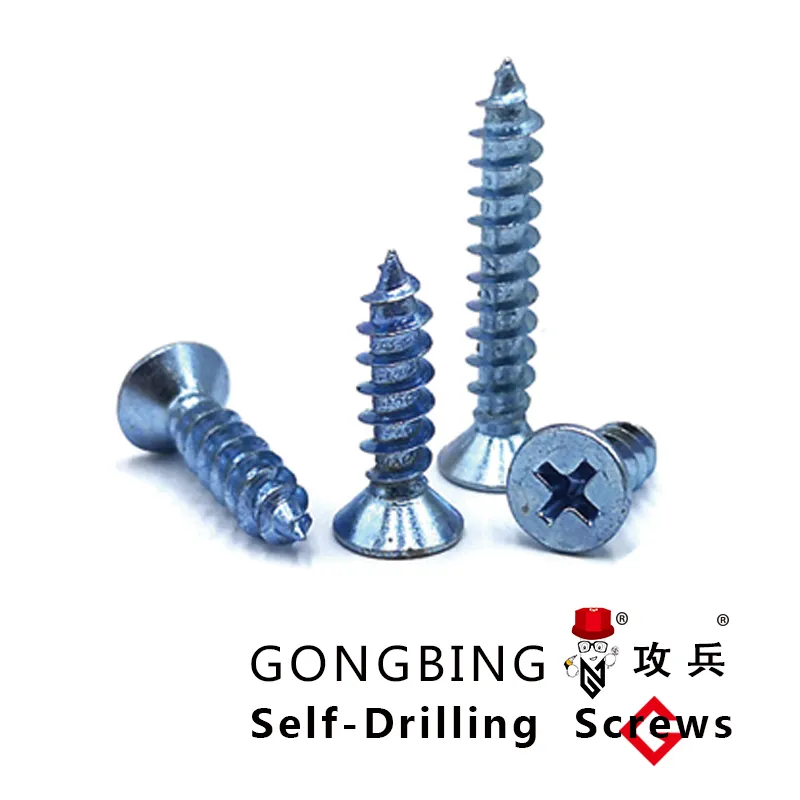Choosing the Right Concrete Wedge Anchor Bolts for Your Construction Projects
Understanding Concrete Wedge Anchor Bolts
Concrete wedge anchor bolts are essential fasteners used in various construction applications, offering secure and reliable anchoring solutions. These anchors are particularly useful in heavy-duty applications where a robust connection is necessary to support substantial loads. In this article, we will explore the characteristics, installation process, advantages, and applications of concrete wedge anchor bolts.
What Are Concrete Wedge Anchor Bolts?
Concrete wedge anchor bolts are designed to be embedded in concrete, providing a strong hold through mechanical means. They consist of a threaded shaft and a wedge-shaped end that expands when the bolt is tightened. This expansion mechanism creates a secure grip within the concrete, making them ideal for anchoring equipment, machinery, and structural supports.
Characteristics of Wedge Anchor Bolts
Wedge anchor bolts come in various sizes and materials, including stainless steel, carbon steel, and hot-dipped galvanized finishes. These variations allow them to cater to different environmental conditions, such as exposure to moisture or corrosive elements. The typical length range extends from 2 inches to over 12 inches, with diameters varying from 1/4 inch to 1 inch. The choice of material and size depends on the application and load requirements.
One of the key characteristics of wedge anchors is their load capacity. They are capable of supporting both tensile and shear loads, making them versatile. However, it is essential to adhere to manufacturer specifications and load tables to ensure safe and effective usage.
Installation Process
Proper installation is crucial for ensuring the effectiveness and safety of concrete wedge anchor bolts. Here is a step-by-step guide on how to install them
1. Select the Right Size Determine the appropriate size and type of wedge anchor for your application based on load requirements and concrete thickness.
2. Drill the Hole Use a hammer drill with a masonry bit to create a hole in the concrete. The diameter of the hole should match the diameter of the wedge anchor, and the depth should be at least 1/2 inch deeper than the anchor length.
3. Clean the Hole Remove any dust or debris from the hole using a blow tube or vacuum, as contaminants can affect the anchor’s holding strength.
4. Insert the Anchor Place the wedge anchor into the drilled hole until the surface is flush with the concrete.
concrete wedge anchor bolts

5. Tighten the Nut Using an appropriate wrench, tighten the nut on the anchor. As the nut is tightened, the wedge expands within the concrete, creating a strong hold.
6. Check for Security Ensure that the anchor is securely fastened and that there is no movement.
Advantages of Concrete Wedge Anchor Bolts
Concrete wedge anchors offer several advantages
- Strength and Durability They provide a strong hold, capable of withstanding heavy loads, making them ideal for structural applications.
- Versatility They can be used in various applications, from securing machinery to anchoring railings.
- Easy Installation With the right tools and following the proper guidelines, installation can be completed relatively quickly.
- Adaptability Available in various sizes and materials, these anchors can be tailored to specific project needs.
Applications
Concrete wedge anchor bolts are used across numerous industries, including construction, manufacturing, and infrastructure development. Common applications include
- Securing machinery and equipment in factories. - Anchoring railings, signs, and safety barriers. - Assisting in the construction of buildings and bridges. - Supporting heavy shelves and storage units in warehouses.
In conclusion, concrete wedge anchor bolts are a reliable and effective fastening solution for a wide range of applications. Their strength, versatility, and ease of installation make them a popular choice among builders and contractors. Understanding their characteristics and proper installation methods is crucial for maximizing their performance and ensuring safety in construction projects.
-
Weatherproof Plastic Expansion Anchors for OutdoorNewsJun.06,2025
-
Sustainability in the Supply Chain: Eco-Friendly TEK Screws ProductionNewsJun.06,2025
-
Load-Bearing Capacity of External Insulation FixingsNewsJun.06,2025
-
Double Head Bolts: Enhancing Efficiency in Industrial MachineryNewsJun.06,2025
-
Corrosion Resistance in Chipboard Screws: Coatings for Wholesale DurabilityNewsJun.06,2025
-
Butterfly Toggle Bolts : Enhancing Structural ResilienceNewsJun.06,2025
